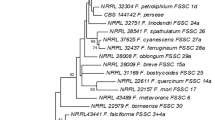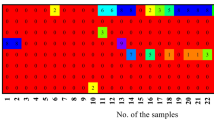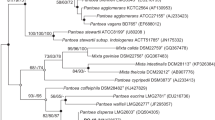Abstract
SESAME (Sesamum orientale L.) grown under rain-cultivation in the Sudan is severely affected by two types of leaf spotting. In one (Fig. 1) the spots are usually small, 2–4 mm in diameter, dark red-brown to black in colour, somewhat translucent, often angular with sharply defined margins, and may coalesce to form irregular lesions. The dead tissue of the spot later dries up and becomes brittle. In the other type (Fig. 2) the spots are large, 4–14 mm in diameter or more, greyish or light brown, usually opaque with somewhat diffuse margins, often irregular and frequently coalescing. Affected tissues become wrinkled before they dry. The first type is more often found towards the top of the plant while the second type is more frequently encountered towards the base.
This is a preview of subscription content, access via your institution
Access options
Subscribe to this journal
Receive 51 print issues and online access
$199.00 per year
only $3.90 per issue
Buy this article
- Purchase on Springer Link
- Instant access to full article PDF
Prices may be subject to local taxes which are calculated during checkout
Similar content being viewed by others
References
Sabet, K. A., and Dowson, W. J., Phytopath. Z., 37, 252 (1960).
Rao, Y. P., Ind. Phytopath., 15, 297 (1962).
Sabet, K. A., Ann. App. Biol., 47, 658 (1959).
Author information
Authors and Affiliations
Rights and permissions
About this article
Cite this article
SABET, K. Association of Xanthomonas sesami with Two Types of Leaf Spots affecting Sesame. Nature 213, 813–814 (1967). https://doi.org/10.1038/213813a0
Issue Date:
DOI: https://doi.org/10.1038/213813a0
Comments
By submitting a comment you agree to abide by our Terms and Community Guidelines. If you find something abusive or that does not comply with our terms or guidelines please flag it as inappropriate.



